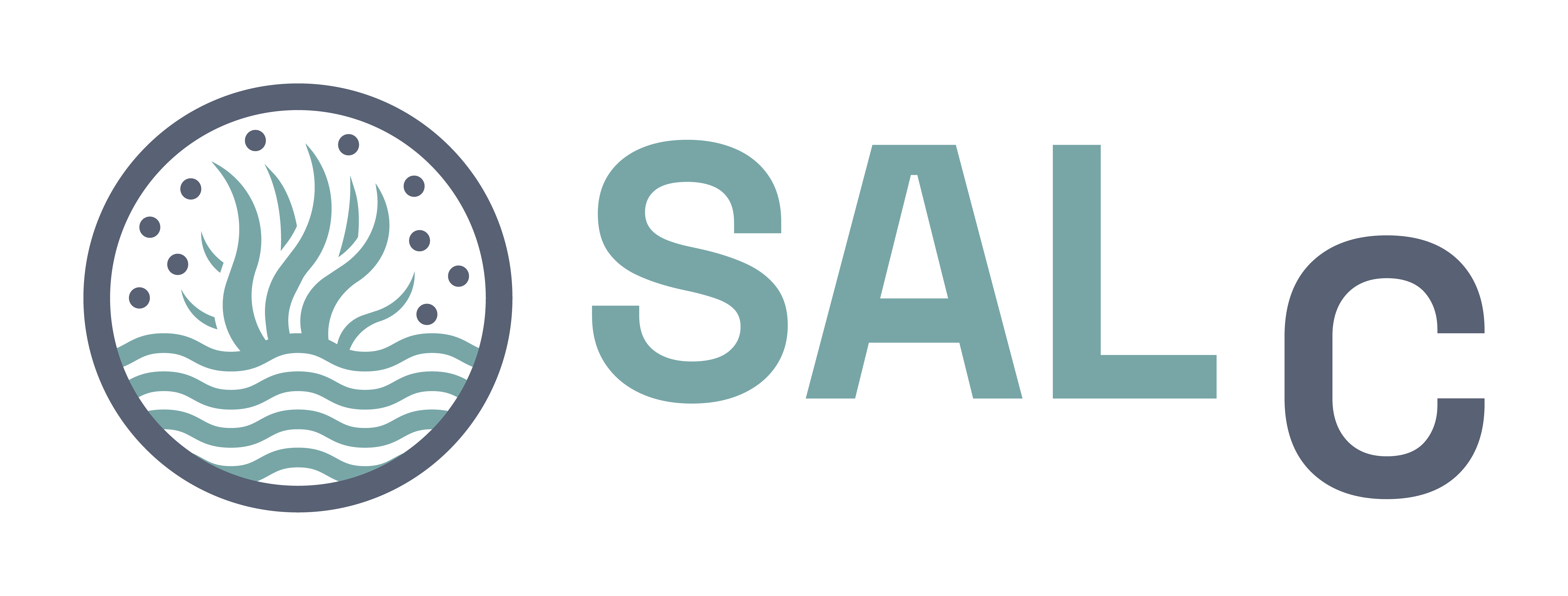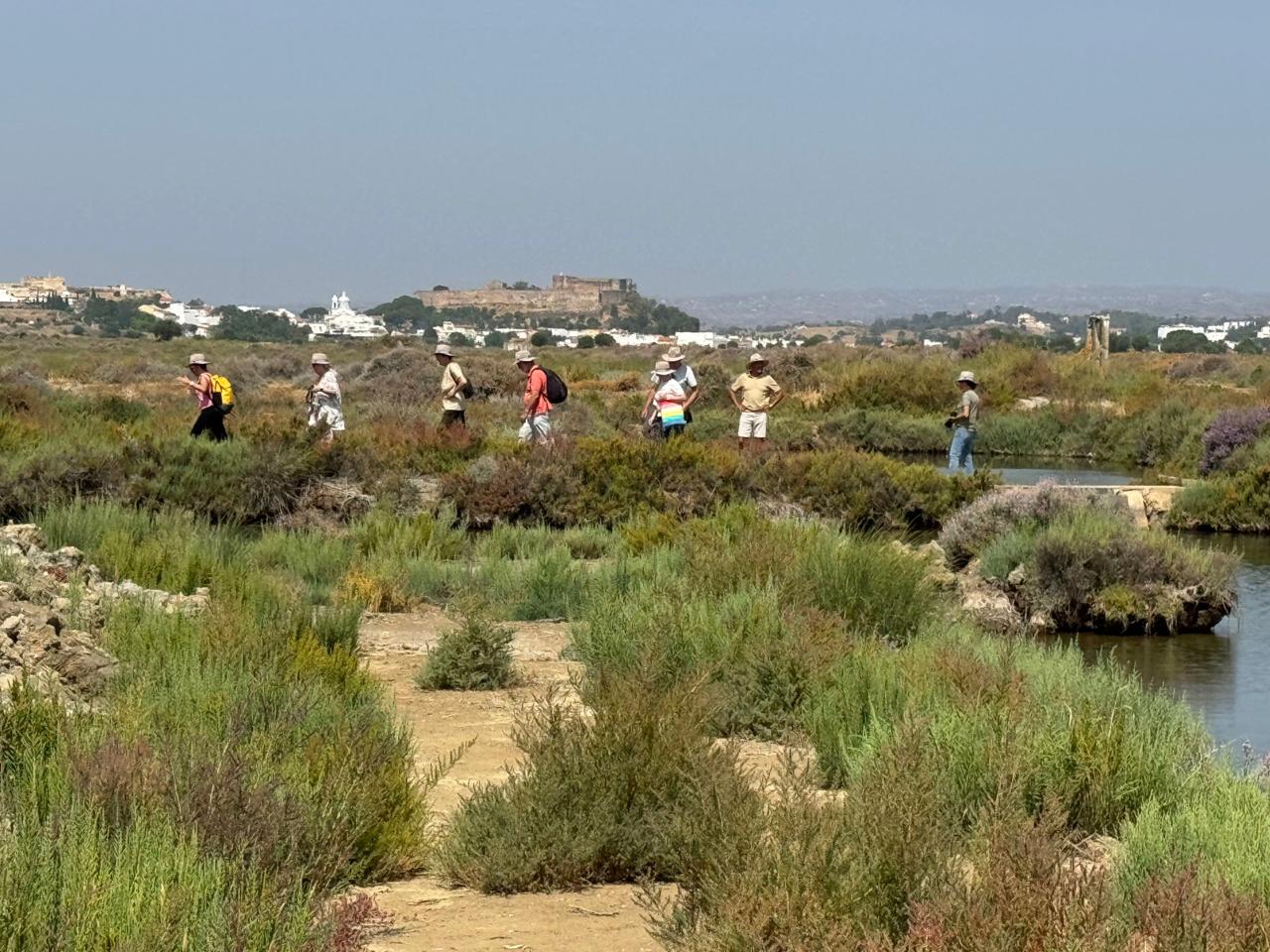The Colours of Carbon
The photosynthesis of terrestrial and marine plants, and algae, captures the inorganic carbon from atmospheric carbon dioxide, CO₂, and incorporate it in organic matter.
Green Carbon
Organic matter carbon captured and stored by terrestrial ecosystems - mainly land forests. Green carbon is stored mostly in biomass (trunks, roots, leaves) and less in soils.
Blue Carbon
Organic matter carbon captured and stored by coastal and marine ecosystems, mainly seagrasses, mangroves and saltmarshes.
White Carbon
A specific component of blue carbon, captured and stored within the tanks and channels that convey seawater to the crystallization ponds used for marine salt production.
Our Mission
We apply scientific knowledge to protect and restore marine ecosystems through sustainable practices and community involvement, mitigating climate change through blue carbon sequestration.
Protection
Safeguarding marine ecosystems through innovative conservation strategies and habitat restoration.
Innovation
Developing cutting-edge solutions for sustainable marine resource management and blue carbon initiatives.
Community
Building partnerships and engaging communities in marine conservation efforts worldwide.
Sal C in the spotlight
Discover our flagship project and immersive experience in white carbon sequestration and environmental awareness

Sal C Project
White Carbon Sequestration
Our flagship research project focusing on blue carbon sequestration in traditional salt production systems and white carbon capture.




WonderSalt
Environmental Awareness Experience
An immersive experience exploring the wonders of salt ecosystems and their role in blue carbon sequestration and human connection.


Sal C in the News
Follow our media coverage and discover how Sal C is making waves in white carbon sequestration and environmental awareness
On TV
In the Press
Alice pelas salinas
Article about Alice through the salt pans and the connection with salt ecosystems.
Sal C e o Carbono Branco
Article about white carbon and the framework of the SAL C project.
Projeto Sal C: A valorização das salinas para o sequestro de carbono
Salt pan valorization as a carbon sequestration strategy and environmental innovation.
UAlg partilha conhecimento com empresa espanhola
Researchers share knowledge about salt production and carbon capture integration.
UAlg e empresa espanhola em Sal C
Portuguese-Spanish collaboration strengthens the SAL C project and innovation in the salt industry.
Investigadores de la Universidad del Algarve comparten mejoras en la producción de sal y captura de carbono con salineras onubenses
Improvements in salt production and carbon capture presented to Huelva salt pans.
Científicos del Algarve explican a estudiantes de la Escuela de Hostelería de Islantilla el proyecto Sal C
Algarve scientists explain the SAL C project to students in Islantilla.
Join Our Cause
Be part of the change and contribute to a more sustainable future